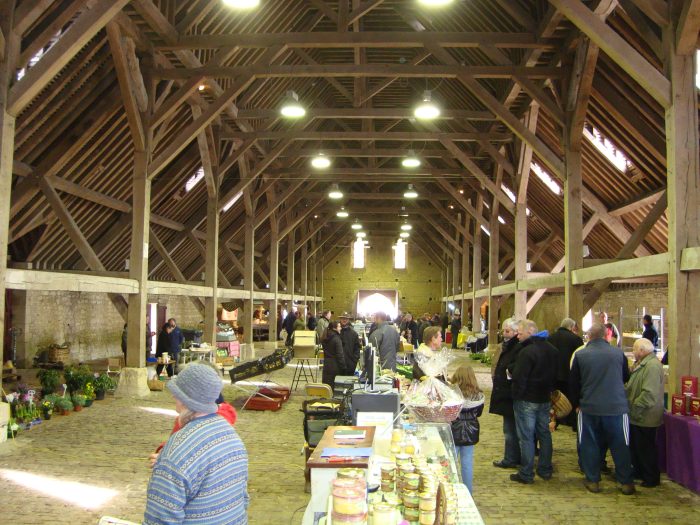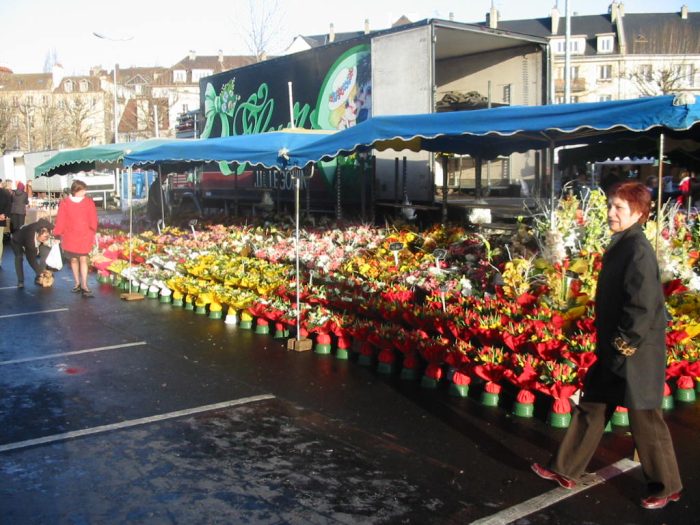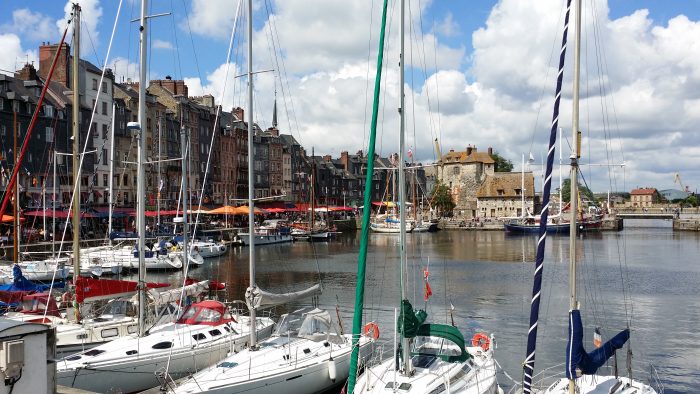
By RURAL magazine’s prize-winning wine writer and enthusiastic visitor to France, Hamish Marett-Crosby
We left our Jersey home in the early evening and that night were enjoying a nightcap with our in-laws in Honfleur. The speed of the Condor ferry, combined with the fast roads out of St Malom have put a huge area of France within reach of a long weekend break. And those road improvements continue, always making more of France easier to reach from Jersey than before.
Three hours from St Malo and you are the other end of Brittany near Quimper, down in the Muscadet area near Nantes, along the river Loire at Angers or well beyond Caen into the Pays D’Auge. If, in that sweep of countryside, you can’t find something good to eat, to see, to explore and to enjoy then, quite frankly, you should never find yourself on a ferry bound for France.
Heading south, Nantes is about two hours from St Malo. The centre of that city with its hotels, restaurants and shops makes a good base to cover the quiet attractive country to the south, notable for the production of Muscadet, and the quaint old town of Clisson, right in the middle of the vineyard. The Loire near Nantes is a definite border; architecture and, it is claimed, weather changes as you cross it. North the roofs are slate but, by Clisson, the tiles of the south make their appearance. The Château at Clisson is said to be the home of the original Bluebeard, he of the rather unsavoury activities and ideas regarding use of certain rooms.
Also heading south, but keeping slightly left after Rennes, puts Angers within three hours drive, and that is very much worth the effort for a three- or four-day break. Being the capital of Anjou, it is a large city but the centre, with its pedestrian precinct of little cobbled alleys running from the Château to the Cathedral, is a delight. The Château itself contains one of the wonders of the mediaeval world, the immense 14th Century tapestry of the Apocalypse, while the Cathedral contains spectacular stained glass. They certainly knew how to illustrate a story in mediaeval Angers and the skill hasn’t been lost, as a visit to the modern tapestry museum across the river from the castle will confirm, as also will a visit to the Cointreau Museum.
From Angers through the vineyards of Anjou to Saumur is a memorable excursion with its spectacular caves of sparkling wine dug deep underground, strange troglodyte houses, the cavalry school with its spectacular displays of horsemanship and nearby the abbey of Fontevraud where Richard the Lionheart lies buried.
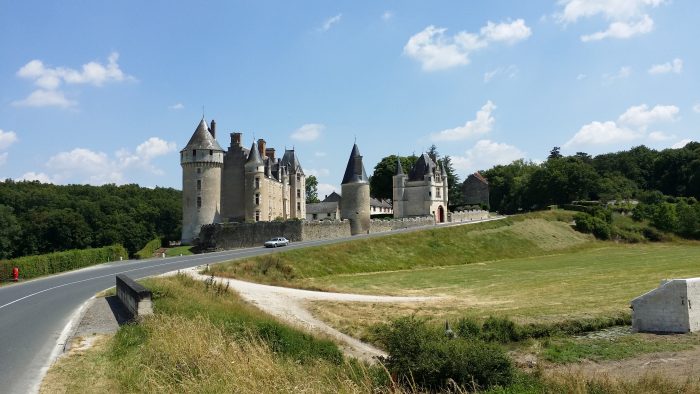
Improved roads have also brought Caen well into reach for a weekend excursion. As a city it has come late to tourism, preferring instead to rely on other sources on income. Now linking itself to its most famous resident, it proclaims itself as the City of William the Conqueror and, despite the damage caused by the Allied bombing, provides an excellent interpreted walk taking in the Château, the two principle abbeys built by William the Conqueror and his wife, the little streets and courtyards in between, as well as grander buildings from later centuries. The story of Duke William can be explored further a few miles south at Falaise.
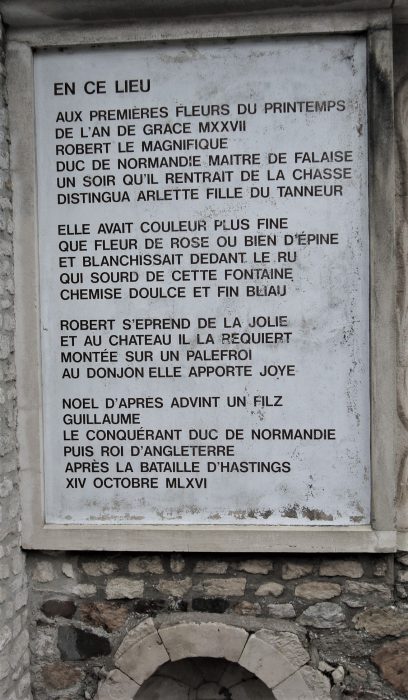
On the northern side of city, the Peace Memorial and exhibition offers a thoughtful look over the past 100 years of conflict and history. Grim as that was, it manages to end on an optimistic note with the thought that explanation of past conflicts could help avoid those in the future. Nevertheless, the sacrifices of the past loom large in the Norman landscape and Caen provides a good base to visit the invasion beaches and perhaps also visit Bayeux where the tapestry – in essence an early mediaeval comic strip – tells the story of another invasion; one which Channel Islanders with their Norman heritage can comfort themselves with the thought that in 1066 they were on the winning side.
Less than an hour from Caen is Honfleur with its attractive inner harbour, its artists and excellent little restaurants, not to mention the unique “clinker built” church of St Catherine and, in the countryside around, the special thatched half-timbered houses of the Pays D’Auge. On the way through Normandy a visit to Villedieu-les-Poêles will, as many kitchens in the Channel Islands will testify, provide irresistible opportunities to buy copper saucepans or simmering dishes.
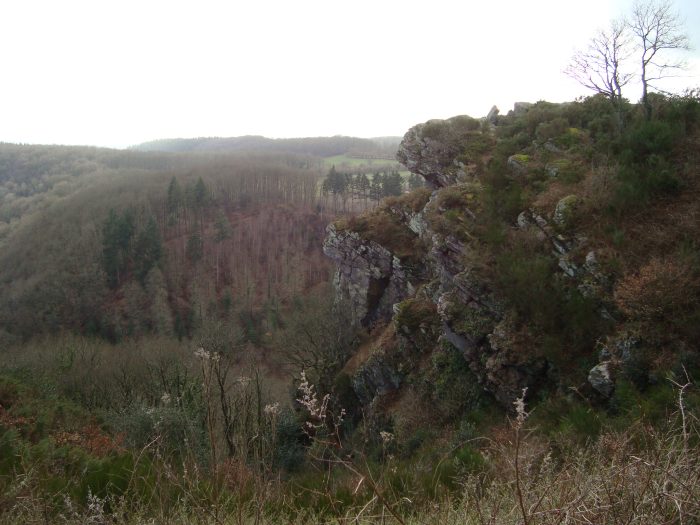
Heading west and south from St Malo takes you deeper into Brittany where little harbours dot the coast, where ancient races placed thousands of monoliths in intricate patterns around Carnac, and where you can find a gem of a little town such as Josselin clustered on the hill above a river facing the château on the other bank.
Going east is the nearby Mont St Michel – surely the eighth wonder of the world – and the old town and waterfront of Dinan. There is also the amazing château at Fougères, the peaceful beauty of La Suisse-Normande the charm of Mayenne … the list goes on.
A car, a good map, an easy ferry ride to St Malo and you have enough destinations, not just for a long weekend, but for as many long weekends as you can squeeze your schedule for years to come.
